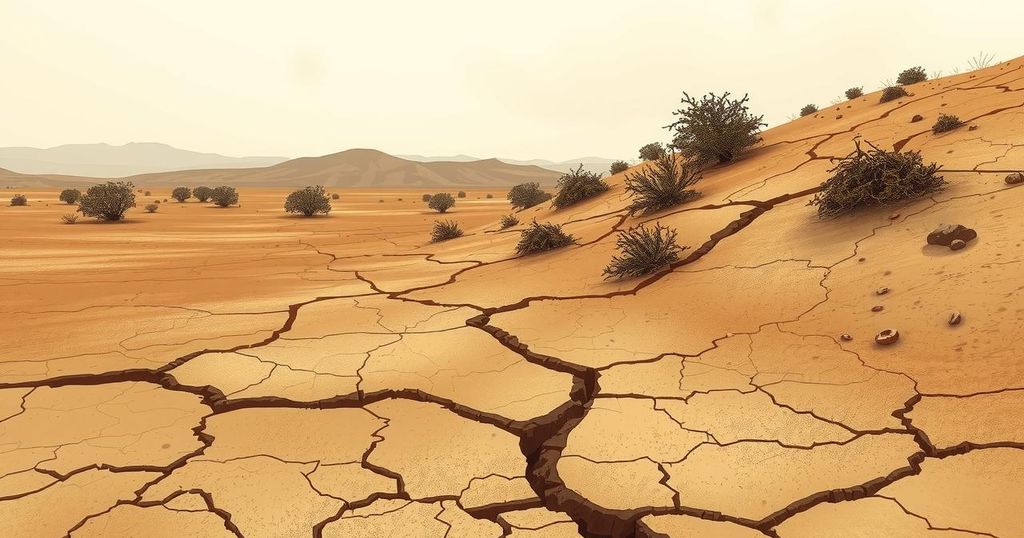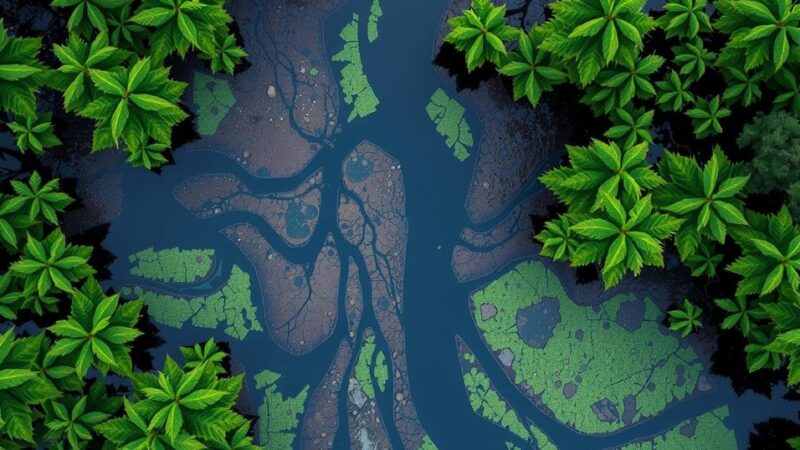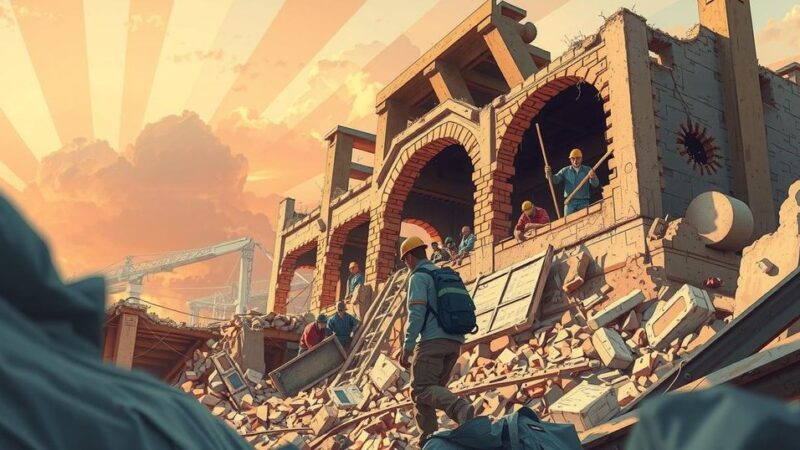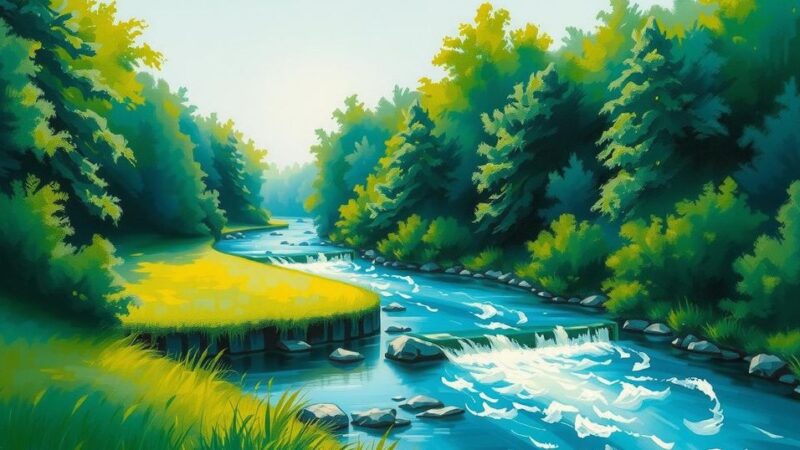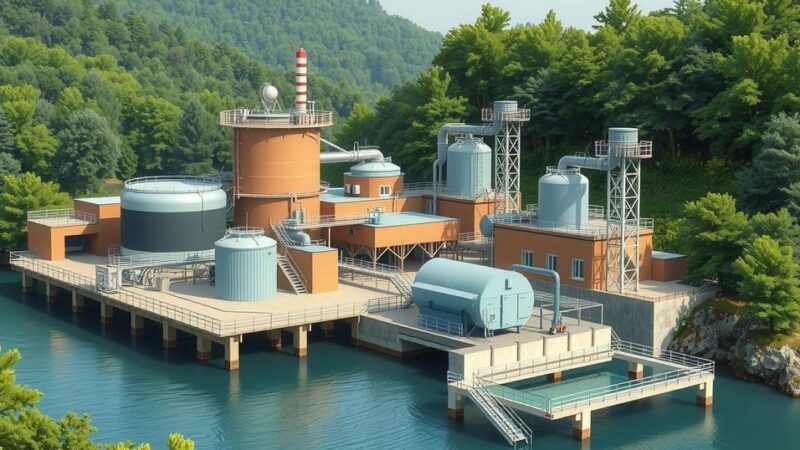In Lima, Peru, over 635,000 individuals lack access to running water and rely on infrequent tanker deliveries. The city, situated in a desert, faces severe water shortages, with residents contending with poor hygiene and health risks. Climate change exacerbates the crisis, while urban planning failures leave marginalized communities struggling for resources.
In the parched hills overlooking Lima, the capital of Peru, many residents face the harsh reality of lacking access to running water, relying instead on water delivered by tanker truck. Despite Lima’s location near the Pacific Ocean and its complex waterways, the city experiences a scarcity of rain, contributing to a significant water crisis.
More than 635,000 individuals are reported to reside in areas devoid of running water, often within informal settlements characterized by inadequate infrastructure. In certain neighborhoods, such as San Juan de Miraflores, blue tanker trucks provide water weekly, although these deliveries are inconsistent and the storage containers pose hygiene risks.
Residents, such as Catalina Naupa, have reported health issues linked to this unclean water supply, which often leads to gastrointestinal problems. Additionally, during the winter months, muddy streets can hinder access, forcing residents to conserve water by limiting laundry days.
The municipal water utility, Sedapal, supplies approximately 30 liters of water per person daily, which falls considerably short of the 50-100 liters recommended by the United Nations. Concerns about future water shortages intensify under the looming threat of climate change, which will likely diminish mountain water reserves.
Antonio Ioris, a geography professor, remarked that although decreasing supplies are alarming, they are not the primary issue; rather, poor access to water for impoverished communities is deprioritized by policymakers. The systemic neglect related to urban planning and rural pressures drives migration to the city, exacerbating the water crisis.
In some areas, such as San Juan de Miraflores, water is beyond reach for many due to steep terrains, and residents frequently pay exorbitant prices to secure water compared to utility-connected households. The stark divide between rich and poor areas is exemplified by what locals refer to as the “wall of shame,” which physically separates wealthier neighborhoods with plentiful water from those struggling to survive. Cristel Mejia, who runs a local soup kitchen, vividly describes this stark contrast, saying, “Surco seems like another world.”
The article elucidates the critical water crisis faced by impoverished communities in Lima, where residents struggle with inadequate access to clean water. The challenges stem not only from environmental factors but also from systemic urban planning failures. The increasing costs and limited supply of water highlight the urgent need for policy changes to address these disparities. Furthermore, the widening gap between wealthier and poorer areas underscores the necessity for equitable resource distribution.
Original Source: www.france24.com
